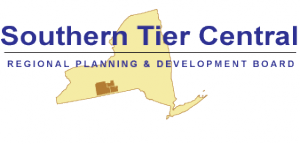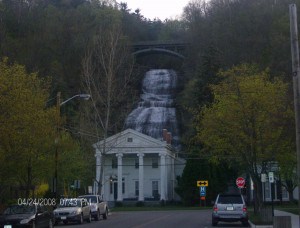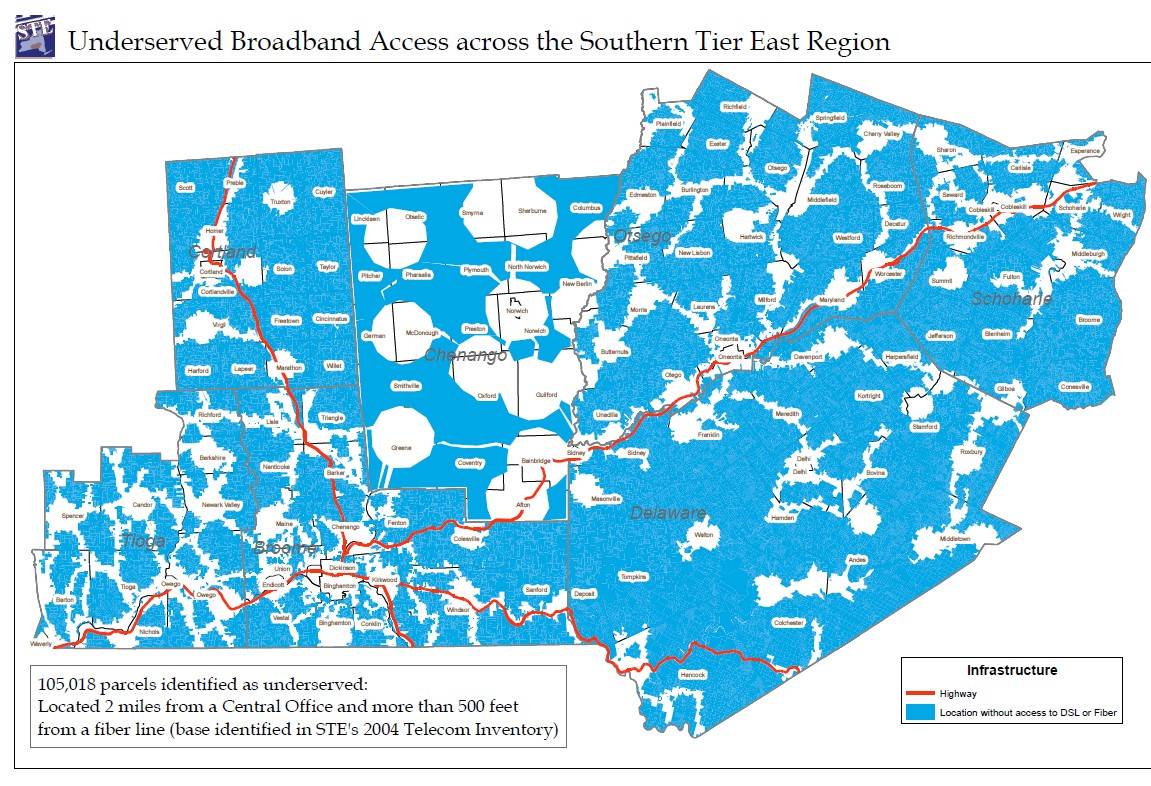 A $24 million federal grant proposal to install 600 miles of fiber optic cable across the southern tier of New York has advanced to the “Due Diligence Phase” of federal review, making it a serious contender for approval.
A $24 million federal grant proposal to install 600 miles of fiber optic cable across the southern tier of New York has advanced to the “Due Diligence Phase” of federal review, making it a serious contender for approval.
The application for the “middle mile” project was submitted jointly by the Southern Tier East and Southern Tier Central Planning Development Boards to create a fiber-based backbone to facilitate so-called “last mile” projects which deliver connections directly to consumers and businesses. If built, the project will make connectivity available to all-comers, from wireless providers trying to reach the most rural homes to cable and telephone-based broadband providers delivering enhanced speeds and service.

The Shequaga Falls, visible from W. Main Street in Montour Falls, exemplifies the terrain of many Southern Tier communities in New York.
Broome, Delaware, Otsego, Chemung, Steuben and Schuyler counties would be served by the fiber network if constructed.
The southern tier of New York, mostly defined as west to Lake Erie and east to Binghamton, is particularly lacking in broadband, in part because of very difficult terrain. Steep sloping hills rising 1,000 feet or more, created from glacial movements, combine with level hilltops representative of the Appalachian Plateau. In most of these areas, fields and pastures crown the high points while cropland and communities locate on the level valley floor. Getting broadband to residents and farms involves winding cables around the hills through communities like Bath, Corning, Elmira, Hornell, Watkins Glen-Montour Falls, and Wayland. Even larger communities like Binghamton and Ithaca have plenty of landscape to navigate.
Inside immediate town and city centers, broadband is usually provided by Time Warner Cable, Frontier Communications, Verizon, or one of several independent phone companies. Where 30mph speed limits predominate, broadband is likely available. Once the speed limit returns to 55mph, service becomes more spotty.
Prior efforts to expand broadband availability included:
- Public/Private Partnerships: Cooperative efforts to ease the way for private providers to extend service into previously unserved areas. This had limited success, particularly when sufficient return on investment could not be achieved within a set time frame. Most private providers will not wire sparsely populated areas because of the time it takes to recoup wiring and pole costs.
- Aggregation of Demand: This technical-sounding term simply means bringing neighbors together and getting them to jointly commit to sign up for broadband service if a provider will agree to extend service to their neighborhood. This can achieve success in areas where a provider is assured of getting his initial investment back. A few of these efforts have even shared or split the financing of some construction costs. Mike McNamara of Haefele Cable Television, an independent cable provider serving 4,700 residents in rural sections of Tioga County, noted “last mile” access can be expensive, costing about $12,000 for them to extend cable service per mile.

The blue color represents areas in this section of the Southern Tier where no broadband service is available. (click to enlarge)
A decision on the grant is expected by September.
[flv]http://www.phillipdampier.com/video/WETM Elmira One Step Closer to High Speed Broadband Access 6-24-10.flv[/flv]
WETM-TV in Elmira explains the plan to expand broadband service throughout the Southern Tier of New York, if a grant can be awarded. (1 minute)


 Subscribe
Subscribe